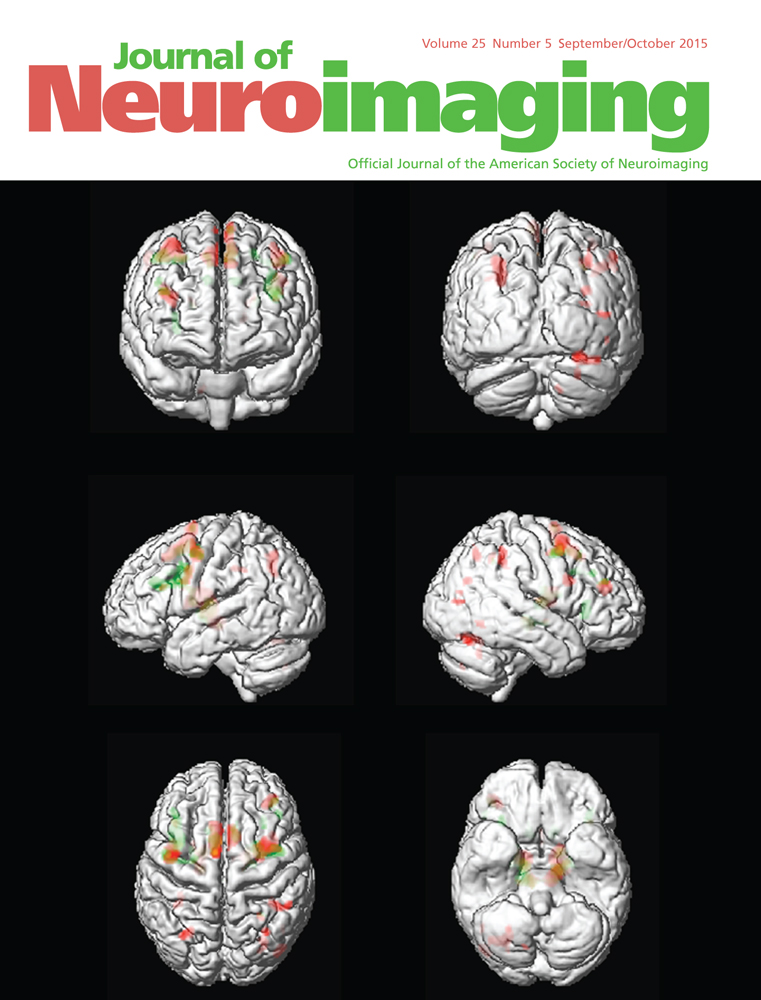Noninvasive Qureshi Grading Scheme Predicts 90-Day mRS in Patients with Acute Ischemic Stroke
Disclosures: Some authors (JLS, DSL) were employed by the University of California (UC), which holds a patent on retriever devices for stroke, at the time of this work.
Research Grant; Significant; NIH/NINDS P50NS044378. Consultant/Advisory Board; Significant; Covidien (JLS).
Consultant/Advisory Board; Modest; Stryker and Covidien (DSL).
Source of Funding: none
ABSTRACT
BACKGROUND
The Qureshi grading scheme is an effective classification system for evaluating the severity of acute arterial occlusion. However, this scheme is of limited utility because it is based on invasive angiography. In this study, we assessed whether a relationship between a noninvasive Qureshi score, based on magnetic resonance angiography (MRA) or computed tomography angiography (CTA), and 90-day functional outcome could be observed in patients with acute ischemic stroke.
METHODS
A stroke neurologist evaluated all patients with acute ischemic stroke who presented to the emergency room within 12 hour of symptom onset. Two neurologists independently assessed the noninvasive Qureshi score from initial MRA or CTA. We assessed the relationship between the noninvasive Qureshi grading scheme and clinical outcome on day 90.
RESULTS
Of a total 125 patients, 75 underwent MRA and 50 underwent CTA. Interobserver reliability showed good agreement (κ = .62). The noninvasive Qureshi score for MRA or CTA and that for CTA alone were directly associated with a good 90-day functional outcome (odds ratio, .672; P = .016 and odds ratio, .511; P = .042).
CONCLUSIONS
The noninvasive Qureshi scheme using MRA or CTA provides meaningful information about long-term functional outcomes in patients with acute ischemic stroke.




